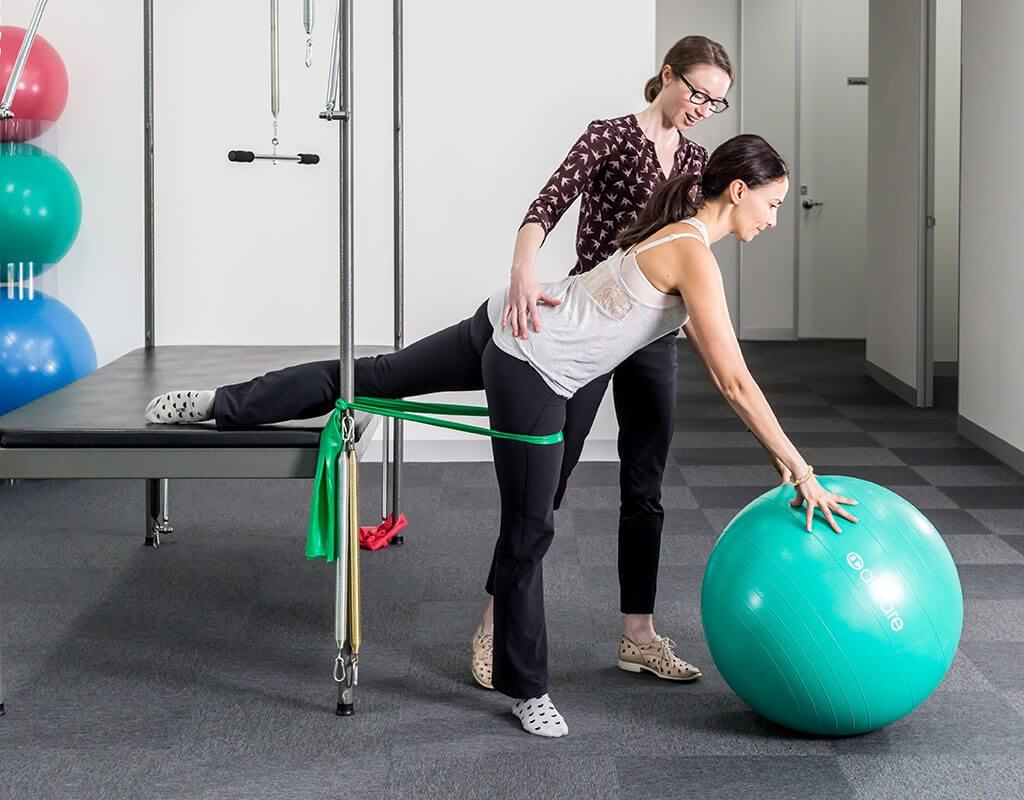As a dancer, you’ve probably admired premier ballerinas dancing en pointe and have dreamed of joining them
Unsure about whether you’re physically prepared to dance en pointe?
If so, your ballet teacher should have suggested you get a pre-pointe assessment. In fact many of the ballet teachers we work with insist all their students perform a pre-pointe assessment.
So what exactly is a pre-pointe assessment?
What is a pre-pointe assessment?
A pre-pointe assessment is a physical assessment performed by a dance physiotherapist to determine your readiness to start pointe training.
Dancing en pointe places huge physical demands on a dancer’s body, and injuries can quickly develop if you don’t have sufficient strength, joint flexibility and technique.
A pre-pointe assessment identifies issues that must be addressed to avoid injury.
What does a Ballet Pre-pointe assessment involve?
A Ballet pre-pointe assessment includes both a physical assessment, a functional assessment, along with a dance and injury history questionnaire which is completed before the appointment.
Examples of questions in the dance and injury history questionnaire include “Do you have any current injuries?” and “How many hours of classical ballet do you do per week?”.
The Physical assessment tests your joint range of motion and strength, and this information helps identify your suitability for pointe training and risk of injury.
The Functional assessment consists of tests that challenge your whole body, and include ballet specific movements. These tests give us a terrific perspective of your coordination, balance and control, all of which are essential for you to be able to stand on the tiny base of support that a pointe shoe provides.
By the end of your assessment you will have a detailed understanding of what is required to start pointe work, and be informed of one of the below outcomes –
-
You’re ready to start dancing en pointe.
-
You’re not quite ready to start pointe, but here are the exercises that will help you get there.
-
You’re not physically capable to dance en pointe (unfortunately not every dancer has the physical anatomy to dance en pointe safely).
What do I need to wear?
If you’ve decided that you’re ready to start en pointe dance training, and want to come to see us for a Ballet Pre-pointe Assessment, please come dressed in clothes that enable you to move and for the physiotherapist to assess you body.
For example, a leotard and footless tights or gym attire. The assessment will require both bare feet and flat ballet shoes or socks.


